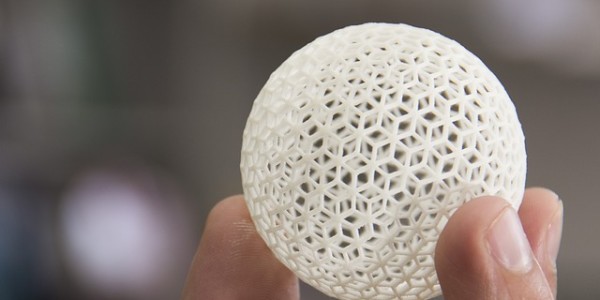3D printing is young but it is by no means new. It’s been used for models and prototypes by manufacturers for decades. Of course, additive manufacturing has never been anywhere near as capable as it is today, and improvements in 3D printing technology suggest that additive manufacturing will only continue to advance. It’ now conceivable that 3D printing could have a real impact on manufacturing, but will it help or harm traditional manufacturing?
How can 3D printing benefit manufacturing?
3D printing can help smaller manufacturers compete in larger markets. Soon, there may no longer be a need for vast resources and large scale production lines. Additive manufacturing could also help bring about new types of products made from new materials with new properties and new structures.
Not only does 3D printing deliver faster prototyping, which increases the speed development and the rate of new products, but additive manufacturing also provides the benefit of faster and more affordable production. Products can get to markets faster.
How can 3D printing harm manufacturing?
One of the biggest concerns is that 3D printing will eliminate the need for traditional manufacturers. Additive manufacturing can reduce the number of parts needed to create products, parts, or components. Often these 3D-printed parts can be made much lighter, stronger, and more durable than the parts that they replaced. If a component that used to consist of 30 parts is now reduced to one single part – that’s better in every conceivable way – what need is there for the manufacturers who produced those 30 now useless parts?
The accessibility of 3D printing is another concern among manufacturers. It’s relatively simple and affordable to get set up with a 3D printer. If people are one day able to print anything that they need, what role will manufacturers have?
3D printing will bring about change.
3D printing won’t necessarily be bad for manufacturing, but it is likely, however, that 3D printing will change the way that manufacturing is done. We’re a long way off from manufacturers being replaced by household 3D printers – and that may never happen.
Additive manufacturing could bring about positive changes for manufacturing. The number of manufacturers could increase, and the large manufacturers with huge factories and enormous assembly lines won’t necessarily dominate the market. Accessibility and affordability could promote more diverse products and more variety in markets. Some people are touting additive manufacturing as an equalizer rather than a deathblow to traditional manufacturing.
There’s no question that 3D printing will affect manufacturing, but only time will give us a clear sense of exactly what that impact will be.



